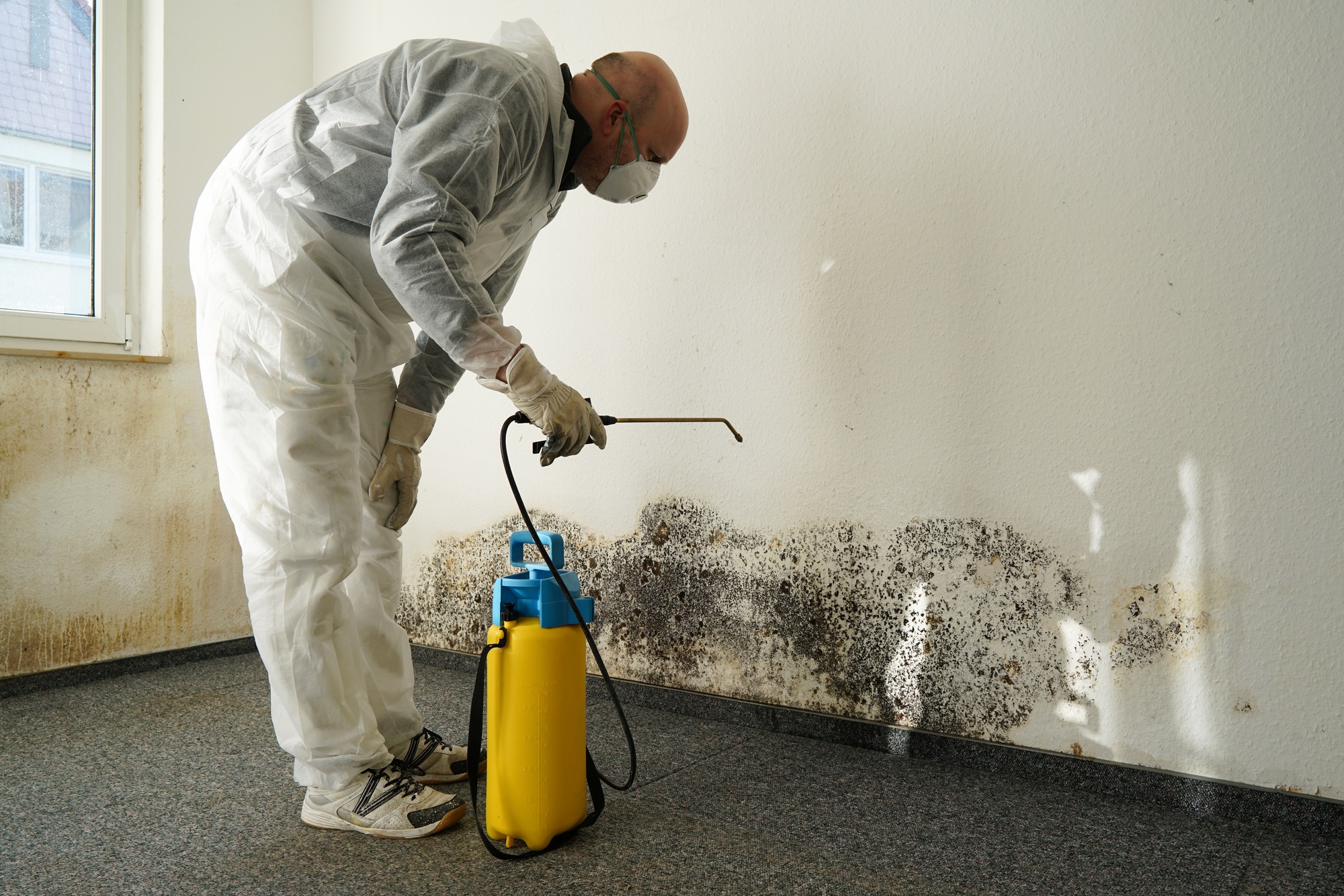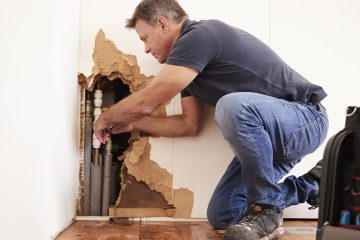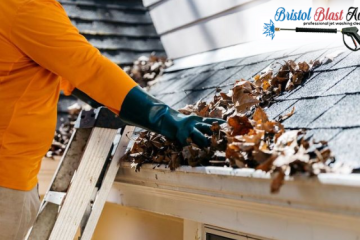Flood damage in a home can be disastrous. It leaves a trail of destruction, from soaked furnishings and carpets to structural issues and the potential for mold to grow. When your home has experienced flooding, you must quickly reduce damage and begin recovery. When trying to fix flood damage, many homeowners make mistakes that can lead to expensive and long-term problems. Just as important is knowing the right steps as what to avoid.
We’ll examine typical errors and advise how to prevent them in this piece.
- Delaying Cleanup Process
One of the worst mistakes homeowners make after a major flood is to put off the cleanup. Delaying cleanup can exacerbate the situation. While standing water or wet furniture may seem overwhelming, the longer you wait to fix the damage, the worse it will get. The damage caused by water isn’t limited to the obvious areas. It may also affect structural elements and walls. Mold can grow and cause further deterioration in your home.
How to avoid it: You can avoid this by starting the cleaning process as soon as it is safe. Remove any standing water using buckets or wet vacuums. Also, start drying the area. Open windows, use fans and humidifiers to remove moisture in the air and hire professionals to extract more water.
- Ignoring Hidden Moisture
Many people tend to focus only on the visible elements in their attempts to repair flood damage, like drying carpets or wiping surfaces. Hidden moisture can cause long-term damage to walls, under flooring, or within cabinets. It can also lead to mold growth. Failure to completely dry hidden areas can lead to expensive repairs in the long run.
How to avoid it: Use moisture detectors such as hygrometers to detect hidden moisture. If you’re unsure, hire a water restoration specialist equipped to detect and fix all moisture problems.
- You Didn’t Consult With Professionals Early
Many homeowners do not consult a professional to repair their flood damage. While DIY repairs may initially appear cost-effective, they can lead to other problems, such as electrical and structural damage, if they are not done correctly or completely.
How to avoid it: While it may be possible to repair minor damage yourself, consulting professionals for more extensive or hidden damages is crucial. Water damage experts can assess all damage, identify mold, and ensure your home is completely dried and repaired. Furthermore, they can offer advice about preventing further damage, especially in flood-prone zones.
- Neglecting The Check For Structural Damage
Floods will compromise your home’s structural integrity, especially if it has been sitting in water for a considerable period. Water can erode walls, floor foundations, and roofs. Your home will become unsafe. Many homeowners neglect structural damage and focus only on surface-level fixes.
How to avoid it: After flooding, hire a contractor or structural engineer to inspect your home to assess possible damage. Water damage can be hidden for a while but eventually weaken your support beams. It is important to address structural problems immediately to ensure your home will remain stable and safe for the long term.
- Ignoring Electrical Hazards
The two don’t mix. Electric hazards can be a deadly mistake for homeowners when repairing flood damage. Water can short-circuit electrical components, leading to shocks and fires. Many homeowners turn on the power too early after a storm without considering safety.
How to avoid it: You can avoid this problem by having a licensed electrician inspect your home’s electrical system before you start any electrical appliances. It is also important to have water-damaged electrical wiring, outlets, and appliances repaired by professionals to prevent future hazards.
- Taken Preventive Measures
After repairing damage from floods, many homeowners fail to take preventative actions to protect their homes against future flooding. This is a costly mistake that can result in repeated damage and repair.
How to avoid it: After you have restored your home, take measures to prevent flooding in the future. This could include installing a pump to collect water, improving drainage, sealing foundation cracks, or lifting electrical outlets, appliances, and other items off the floor. These preventive actions can save you both time and money.
Conclusion
Flood damage may seem overwhelming. By avoiding the most common mistakes and following the right steps, you can restore flood damage to your home and return it to its original condition. To achieve a full and successful recovery, you must act quickly, deal with hidden moisture, consult experts, and take preventative steps. Be proactive and educated to protect your home against the long-term effects of flooding and create a safer environment.




